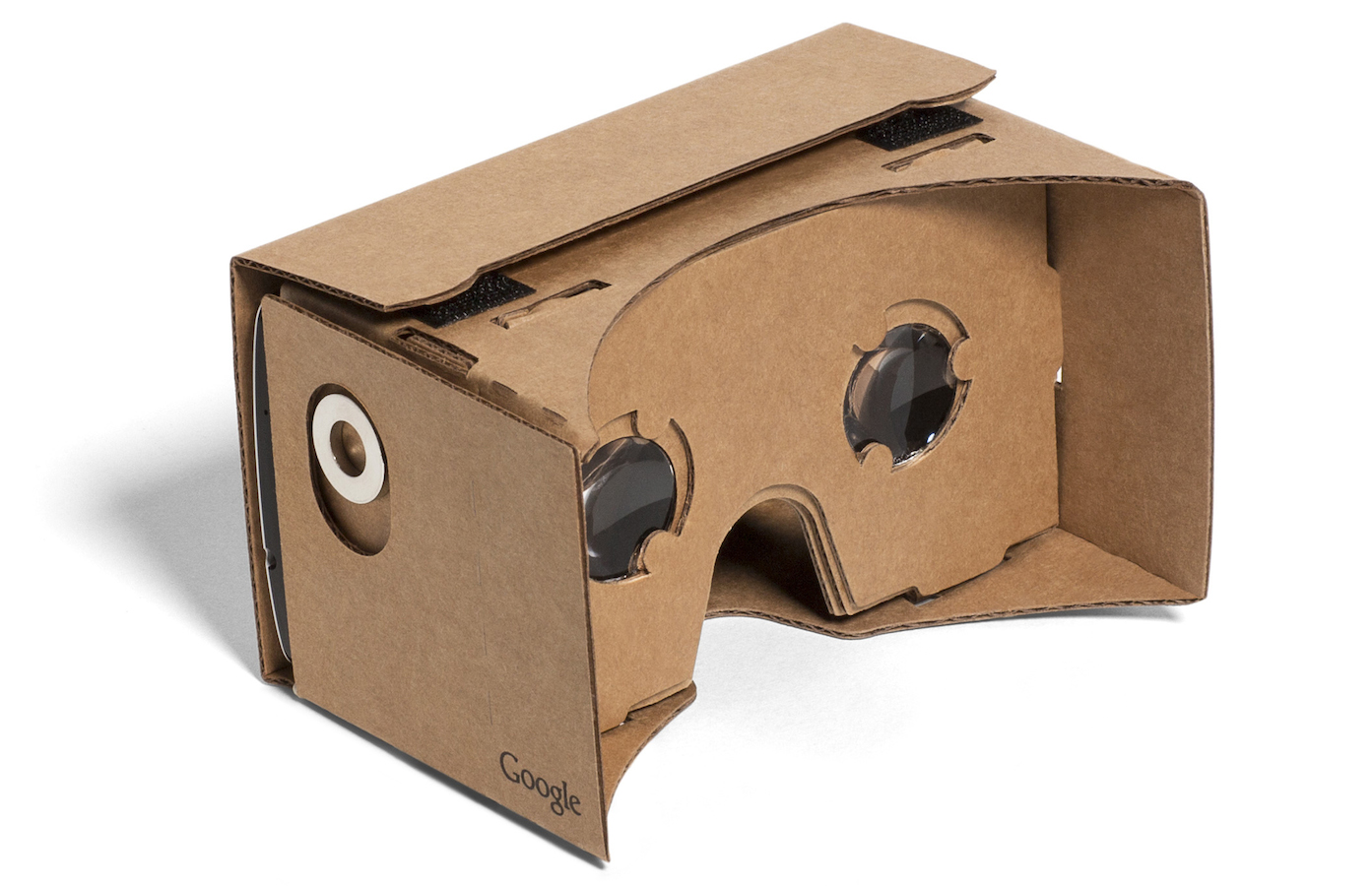Virtual and Augmented Reality has been getting a lot of attention lately. Lots of really cool Head Mounted Devices (HMDs) like Oculus, Hololens, HTC Vive, FOVE, and Magic Leap have been coming up. The simplest and cheapest of all these HMDs is Google Cardboard, and it already has more than a million users worldwide.

Patrick has covered Building Google Cardboard VR Apps in Unity in his recent post. In the following two tutorials, we will be developing a basic Android Augmented Reality application for Google Cardboard using Unity3D. We will be using Qualcomm’s Augmented Reality SDK named “Vuforia” to make this app.
The following software and the corresponding versions will be used in the following two posts:
- Vuforia 5
- Unity 3D 5.x
- Cardboard SDK version 0.5.x (needed for next tutorial)
- Android Studio and SDK tools (these need to be installed and set up for Unity builds to work. More information about this can be found in the “Integrating with Unity” section.)
Brief Overview
There are several approaches to making Augmented Reality apps. We will be using a marker based approach for making our AR app for mobile devices. In the next tutorial, we will be adding cardboard support.
Marker/Image Target – this is an image which is recognized and tracked by a mobile device’s camera. This acts as an origin for augmentation. Once recognized, content can be displayed with respect to it.
This tutorial will broadly have three parts:
- Getting Started with Vuforia
- Integrating with Unity
- Demo (Fun part)
Continue reading %How to Build an AR Android App with Vuforia and Unity%
Source: SitePoint